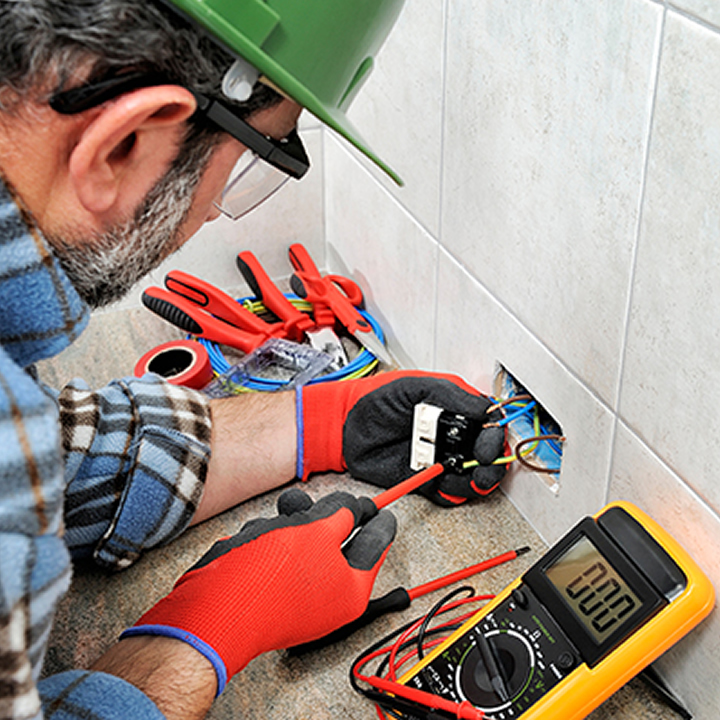Electrical safety is crucial in any workplace, especially in industries with significant electrical hazards. One important aspect is the Arc Flash, a hazardous electrical phenomenon that can cause severe equipment damage and risks to individuals nearby.
An Arc Flash happens when an electric current strays from its intended course and travels through the air, connecting one conductor to another or a grounded surface. This occurrence emits tremendous heat and light, with temperatures soaring as high as 35,000 degrees Fahrenheit.
An Arc Flash can cause severe burns and ignite flammable materials, destroying equipment.
The resulting blast and shockwave can harm nearby individuals. Workplaces must implement safety measures like training, personal protective equipment, and maintenance to mitigate Arc Flash risks.
By prioritizing electrical safety and taking proactive measures to prevent Arc Flash incidents, like electrical safety training, workplaces can ensure the well-being of their employees and the longevity of their equipment.
Importance of Arc Flash Safety Training
Employees who work with or are near electrical equipment face a heightened risk. The consequences of an arc flash can be devastating, leading to fatal burns, blindness, hearing impairment, and severe injuries.
Therefore, it is crucial to be fully aware of the hazards associated with arc flash and to take the necessary safety precautions to prevent accidents.
One effective measure is providing comprehensive Arc Flash Safety Training at Facility Results, which equips employees with the knowledge to identify potential risks and take appropriate action to mitigate injuries.
NFPA 70E / Arc Flash – Electrical Safety Training
The National Fire Protection Association (NFPA) has set the workplace’s electrical safety standard through NFPA 70E.
This training covers the requirements for safe work practices to protect personnel by reducing exposure to significant electrical hazards, including arc flash. The training is available on-site or online and is instructor-led for maximum effectiveness.
Other Essential Training Programs
Besides arc flash training, several other crucial electrical safety programs contribute to overall electrical safety.
These encompass Lockout/Tagout Training, First Aid Training, CPR & AED Training, NFPA 70B, Electrical Maintenance Training, OSHA 10-Hour General Industry Training Course, and OSHA 30-Hour General Industry Training Course.
Arc Flash Study: A Deeper Look
An Arc Flash Study is a vital component of electrical safety.
It entails calculating the energy level during an arc flash incident and establishing safe work practices. The study encompasses various aspects, including Hazard Risk Category, FlashTable Arc Flash Study, Engineer-Assisted Arc Flash Studies, and Turnkey Incident Energy Analysis.
Products and Tools for Electrical Safety
There are several products and tools available that can enhance electrical safety. One such tool is the FlashTrack, Arc Flash Data Collection Software. This award-winning software records all electrical nameplate information to protect you from arc flash-related injuries.
It ensures that all labels are installed correctly and captures a photographic record of all assets.
The ABCs of Electrical Safety Training and Arc Flash Analysis – In Conclusion
Electrical arc flash poses a grave threat, potentially causing severe injuries or even fatalities. It is imperative to comprehend the risks tied to arc flash and diligently implement necessary measures such as mandatory training and the utilization of suitable protective gear.
Safeguarding against this hazard is of utmost importance.
Collaborate with a trusted company such as Facility Results, which is committed to ensuring the safety and proficiency of your team through comprehensive on-site electrical safety training based on NFPA 70E guidelines.
By partnering with us, you can proactively prevent unnecessary fines or penalties and ensure a secure working environment for your employees.

